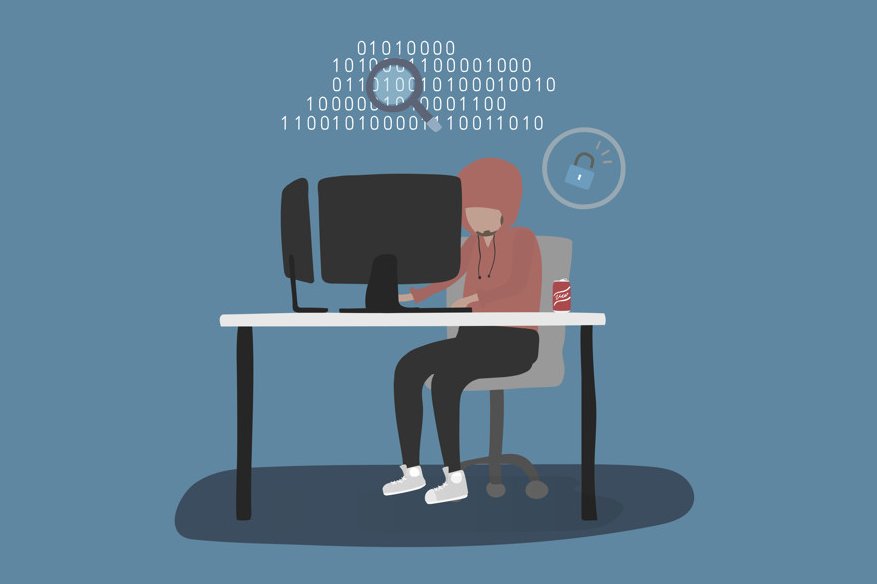Explaining How to Remove Virus from System

Computers getting infected with a virus or malware is now a common thing. But, with some careful moves, you can remove a virus, very effectively and very quickly as well.
How to detect a virus on your computer
Finding a virus on your computer is easy if you know what symptoms you need to look out for. Yes, there are some obvious systems that could tell you that your system is infected. These include-
- Slow running of your computer.
- Pop-ups that you find difficult getting rid of.
- Programs starting up, which you didn’t start up yourself or which you don’t know.
- Hearing the constant sound of the hard drive.
If you happen to find any of these symptoms happening, it could be indicative of the presence of a virus. If two or three of these symptoms happen together, then it’s very much likely that your system is infected. If so, you need to ensure it and go for virus removal…
Virus removal
“How to delete all viruses on my computer?”- this is a question that users seem to be asking time and again, especially when they find their systems to be infected with viruses.
Follow these simple steps and you could learn easily how to remove virus from system that’s infected….
- Enter safe mode. You can do this by turning off the computer and then switching it on, and then pressing the F8 button repeatedly. That would take you to the Advanced Boot Options menu, from which you can select Safe Mode with Networking, after which you must press Enter. Do this keeping your system disconnected from the internet.
- Delete temporary files using the Disk Cleanup tool. For this go to Start Menu, then Programs, Accessories, System Tools, Disk Cleanup and then choose Temporary Files. Delete Temporary files
- Download a Virus Scanner. If you don’t have any antivirus software installed, you must immediately reconnect to the internet and download it. There are real-time scanners that scan systems even as you are working on them and on-demand scanners that process scans manually only when there is a need. It’s better you have both.
- Run a virus scan- Begin with a scan on the on-demand scanner, a manual scan that could help detect infections, and then a real-time scanning as well. Thus, running both the scanners ensures effective detection.
If the virus is found and the issue not healed by the antivirus tool, you might have to go for manual removal. You could even contact an IT expert, if needed, for manual removal of viruses in case you are not confident of doing it yourself by viewing and deleting system and program files on the Windows Registry.
Recover, reinstall corrupted files/software
Once you’ve scanned the system and got rid of the virus, you would need to recover and reinstall the files or software that were corrupted as a result of the infection. It’s always best to do it from the backup that you’d be having (Having a back up of files and updating them regularly is always advisable in today’s context).
Improve your Defenses, avoid future attacks
It’s ok since you’ve detected and removed the virus on your system. But then, it’s always good to improve your defenses and prevent future attacks. You must update your antivirus software regularly. You should, as part of strengthening your defenses, also make it a point to have back up of all your data, which needs to be updated from time to time. Store the backup on external hard drives.
Pro-active measures that help in preventing virus infections
Being pro-active is what matters when it comes to cybersecurity. Pro-active measures help you in preventing virus infections to a great extent. Notable among such pro-active measures are:
- Installing the latest version of security software.
- Installing all updates for all software and OS.
- Keeping a back up of all data on external hard drives.
- Refraining from clicking on pop-up messages that claim to have detected issues with your system.
- Refraining from clicking on links or downloading attachments that come with suspicious emails (phishing emails).
Removing virus or malware on a Mac
Though Mac computers are safer than Windows ones, there are some strains of malware that do infect Mac systems. Let’s discuss in brief some points regarding keeping Mac systems safe…
Ignore fake alert messages- Fake alert messages come seeking Mac users regularly. These fake alert messages, which say you have been infected, would actually be ploys to get you infected with new malware. So better not click on them. Just ignore them. If you had downloaded anything from the website you are browsing, quit the browser, go to the Downloads folder, drag the items there to Trash and then empty the Trash. Better avoid visiting that website again, it could be infected.
Remove malware- If you find that malware has been installed on your Mac (you might be infected if you keep seeing pop-up messages asking for your Apple ID or credit card details), you must immediately quit the app or software that you think might be infected. Then, launch Activity Monitor, locate the app in question (or search for any of the Mac malware strains you know, like MacDefender, MacProtector or MacSecurity) and then, upon identifying the malware, click the Quit Process button and quit the Activity Monitor. Go into the Applications folder, drag the unwanted software into Trash and then empty Trash.
Keep software and apps updated- Keep all software and apps on your Mac updated. Make sure you’ve installed latest OS fixes and updates directly from Apple.
Source: https://enterprise.comodo.com/blog/how-to-get-rid-of-virus/
Related Resources:
How to Clean Malware-Infected WordPress Website
Security Risk To Your Organization That You Can Fix It